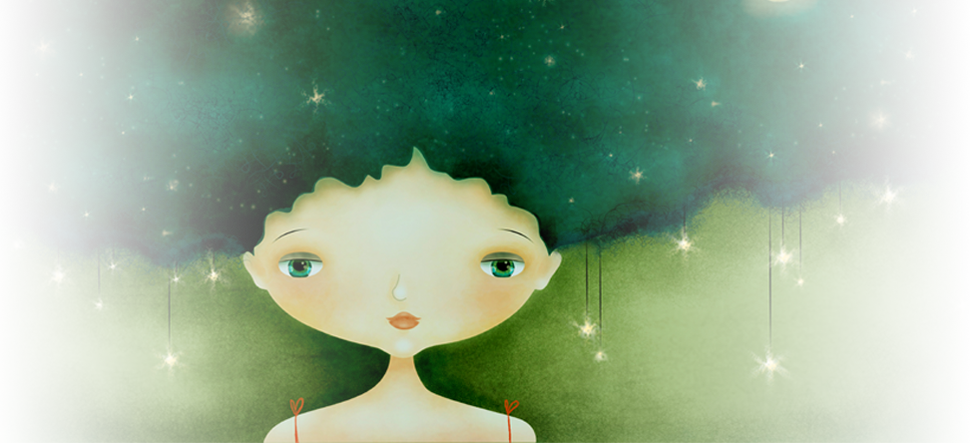-
 JUPITER IN GEMINI 2024-2025
JUPITER IN GEMINI 2024-2025Jupiter enters Gemini on 25-26 May this year and will remain continuously in the sign until 9 June 2025. This is the third of four consecutive continuous stays of the planet in the sign of Gemini, the other two cycles were from June 2000 to July 2001 and from June 2012 to June 2013.
What was happening in your life then?
Jupiter is the largest planet in our solar system and there are more than 60 satellites or Moons orbiting around it, some of which have only been identified recently.
Alan Leo in his book “The Art of Synthesis” gave a sort of monicker to each of the planets and Jupiter was called “The Uplifter”
He suggested that Jupiter is related to the magnetic aura surrounding every living creature and thus the Earth signs relate to the physical or health aura, the psychic aura belonged to the Water signs, the mental aura to the Fire signs and the aura of the higher self to the Air signs.
He also stated that Jupiter is never an extreme but always a mean between extremes, a harmony keeper of sorts due in part to its governance of the two mutable signs Sagittarius and Pisces which are also double signs.
However, many of the Jupiterian characteristics come directly from the Greek god after whom the planet is named.
Jupiter is the English name for the Roman god Giove and the Greek god Zeus.
He was the only one of his siblings who was not swallowed whole at birth by his father Kronos or Saturn as we now know him. This was because his mother Rhea hid him and gave her husband a stone to swallow in his place. So, right from birth Jupiter was considered lucky and this trait is also one of the many attributed to Jupiter to this day.
He was raised on milk and honey by the nymphs whose care his mother put him in to hide him from his father. This happy childhood gave him the confidence that he could cope with whatever life threw at him.
His first wife, called Metis, whose name means wisdom and prudence, was in fact quite a number and she drugged Kronos making him vomit and expel all of Jupiter’s siblings among which were Hades (modern-day Pluto) and Poseidon (modern-day Neptune). The three brothers divided the universe between them, Jupiter took the heavens and the dominion over the gods, Pluto the underworld and Neptune the kingdom of the seas and rivers.
From his mountain top of Mount Olympus in the heavens, Jupiter hurled down thunder and lightning on his subjects giving the idea of Jupiterian superiority and being able to see and intuit what was going on.
Jupiter was also continuously unfaithful as a husband. Fathering children from goddesses and mortals alike. More is better, another Jupiter feature!
Now enough about the myth let’s get into some technical stuff!
I mentioned earlier that Jupiter would remain exclusively in the sign of Gemini during its entire transit ad that is because a continuous stay in a sign however is not a given for any planet. Nonetheless, as in all things astrological there is a pattern to these continuous stays in the sign transited and each planet has its own particular pattern.
Jupiter in fact has a pattern of continuous stays and then cycles when the planet enters the adjacent signs to then re-enter the transited sign and these patterns are different for each planet. The patterns change according to whether the sign transited is long ascension (Cancer to Sagittarius) or short ascension (Capricorn to Gemini), with the exception of the sign of Leo which is long ascension but acts like the short ascension signs– he is the King after all so I suppose he can do as he pleases! Since the sign of Gemini is a short ascension sign the pattern for Jupiter in Gemini is 3 cycles when the planet goes in and out between signs followed by 4 continuous stays in the sign transited whilst the long ascension signs have 2 cycles going in and out between signs followed by 5 continuous stays.
The total average stay of Jupiter in a sign (when continuous) is approximately 375 days.
Planets take on the nature of the sign transited and thus I believe that when a planet remains continuously in one sign for the whole length of its transit then it really gets to wallow in the qualities of that sign without having its energy fragmented by moving in and out of the adjacent signs. When a planet first enters a sign, we note the difference and often feel a surprise as the energy changes and then emerges. During the middle degrees of the transit, we learn how to cope with this now, no longer, new energy and in the late degrees the energy peaks and pulls out its final traits.
Jupiter in Gemini enjoys Ptolomaic dignity by term between 7-13.59° and by face in the first ten degrees of the sign but it also in detriment for the whole length of its stay there. So, it’s not a particularly well-functioning planet in this sign but it also a hot, moist masculine planet and Gemini, being an Air sign, is also hot and moist and masculine so it does have accidental dignity to help it along.
Being principally associated with optimism and abundance Jupiter in chatty Gemini suggests someone who loves to network, is very chatty and knowledgeable – probably only in superficial way because Gemini doesn’t really have the steadfastness to delve too deeply into any subject but they are fantastic conversationalists since their innate curiosity makes them a real goldmine of knowledge (and gossip). It is also a good placement for writers, tourist guides, politicians, and religious leaders but Jupiter could increase the mental fidgetiness so common to Gemini and lead to being scatterbrained and spreading oneself too thinly.
Whilst in Gemini, Jupiter will make its waxing square to Saturn, now transiting the sign of Pisces, testing whatever was initiated at their conjunction at 00°29’ Aquarius on the 21 December 2020.
The chart for the Jupiter ingress (I used the London chart 00.16 BST 26 May 2024) is very interesting since seven of the 10 planets normally used (7 traditional plus 3 outers) are involved with Fixed Stars either by conjunction or parallel:
Mercury conjunct Menkar: difficulty in communications.
Venus conjunct Mirfak: being less honest in the dealings with others.
Mars is parallel Bellatrix: strength and energy.
Jupiter conjunct Alcyone: of the nature of Mars and the Moon, expansive emotions that could get out of control.
Uranus conjunct Capulus: of the nature of Mars and Mercury, has to do with not seeing correctly (metaphorically or realistically).
Neptune conjunct Scheat: accidents particularly involving water.
Pluto conjunct Altair: great wealth and a position of command.
North Node conjunct Alpherataz: independence and honour.
Also, Saturn is contra-parallel Mars (moving slowly or being blocked), Jupiter parallel Venus (matters seem to be going fine), Venus parallel Sun (feeling good) and Moon OOB (the people may be acting strangely).
All the planets are contained between the Sun and the Moon as the Moon approaches fullness and Mars, traditional ruler of the MC is on the degree of its exaltation and also without aspects, Mars has no-one to play with and is able to manifest his pure energy. Mercury is on the degree of the nodes and therefore has also to be taken into special account in this chart.
The first aspect that Jupiter will make shortly after its entry in Gemini is a trine to a retrograde Pluto in Aquarius, tremendous wealth or political power or, in the case of the London ingress chart probably finding hidden resources inside the patria (Jupiter (Venus and Sun) in 4th house trine Pluto R in 1st) whether these be purely psychological or not remains to be seen.
However, whichever house Jupiter transits in your natal chart usually receives a boost of optimism, so enjoy!
“A positive attitude may not solve all your problems, but it will annoy enough people to make it worth the effort.” Herm Albright
Bibliography
Leo A. (1949), “The Art of Synthesis”, Chapter IX, pp 80-87, International Publishing Company, Edinburgh UK
Robson V. (1923) re-edition 2005, “The Fixed Stars and Constellations in Astrology”, Ch. 5, pp 106-220, Astrology Classics, The Astrology Center of America, Abingdon US
Copyright 2016 - All text and images Copyright - My Sky Pie - www.my-sky-pie.com


